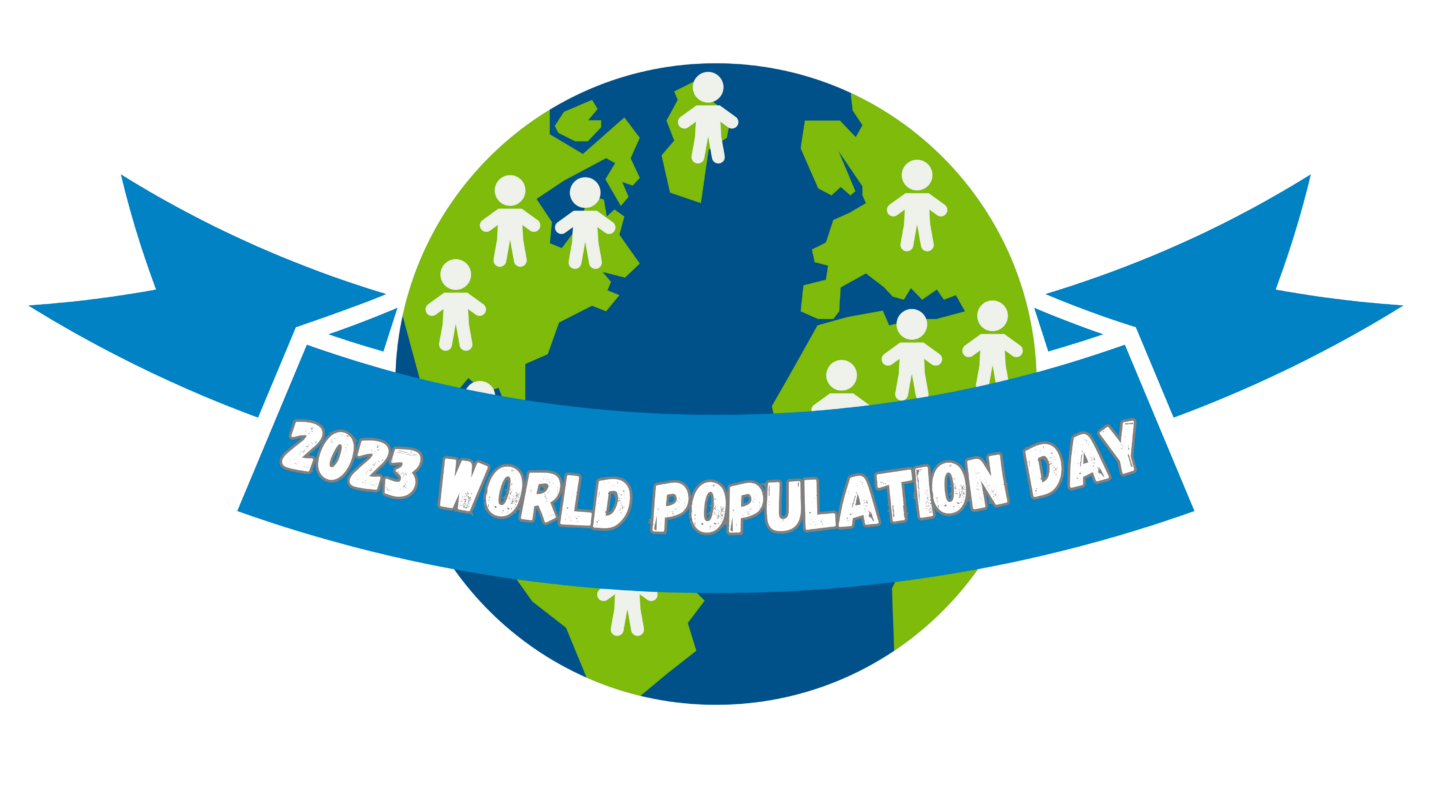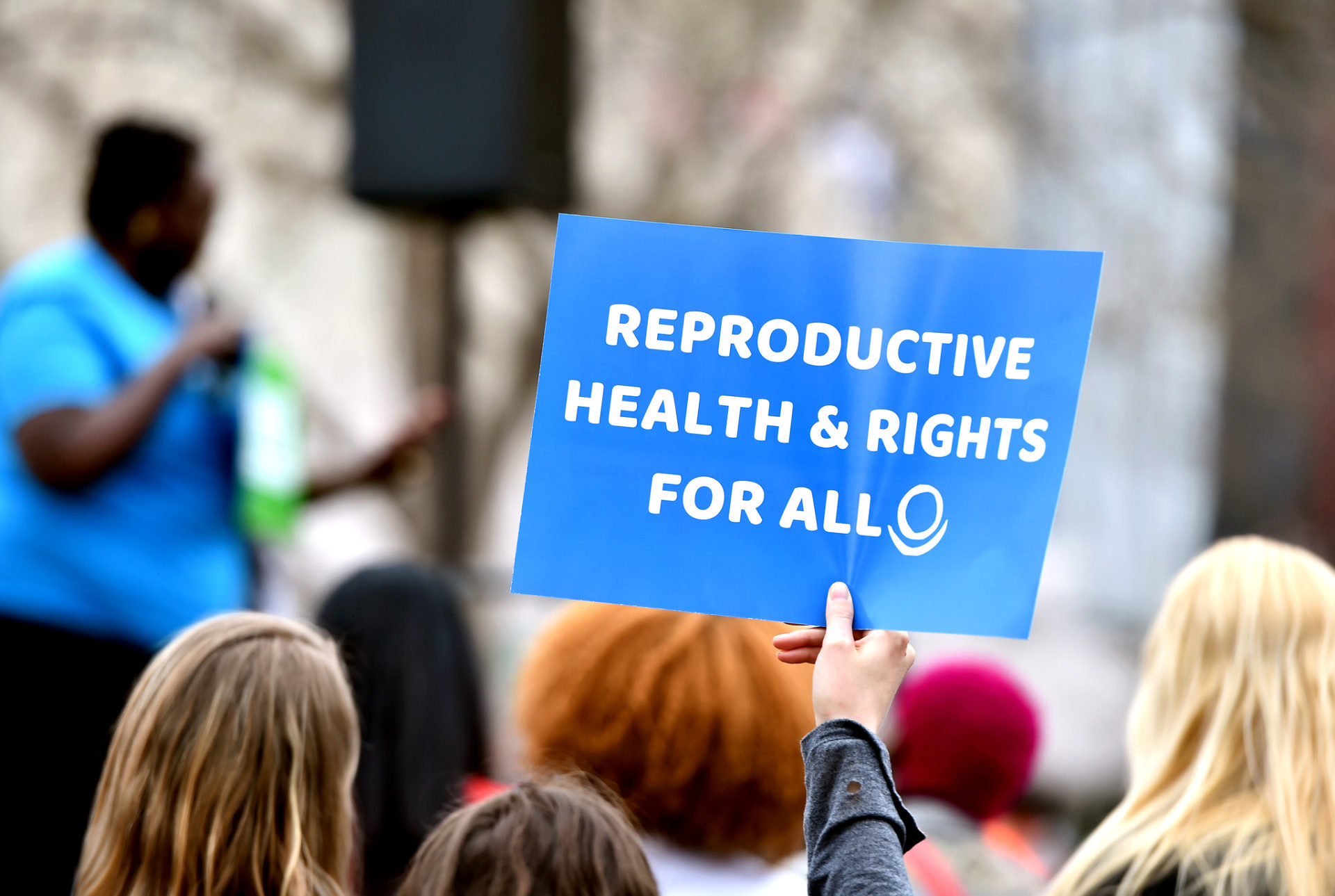Hannah is interested in working with students, professors, and activists to promote positive social and environmental change. Hannah’s work investigates the ways in population dynamics intersect with global social, political, economic, and environmental systems and advocates for integrated developmental solutions that simultaneously combat climate change and societal injustices. She develops and gives comprehensive, solution-oriented presentations focused on the connections between global population growth, access to health care and education, women’s empowerment, and climate adaptation. Through an examination of some of the root causes of high fertility, her work seeks to highlight the interconnections between poverty, resource use and consumption, population pressures, women’s rights, and environmental challenges made worse by climate change.
Hannah works as a Senior Analyst at Population Connection, where she focuses on public speaking and the development of open-source, academic-style resources. She also cultivates partnerships between Population Connection and international NGOs. Before joining Population Connection’s staff, Hannah worked as an adjunct professor of Women’s Studies and taught classes on gender, science, and feminist theory. She has non-profit experience working as a program developer for sustainable agriculture and public health programs in Honduras and Panama and has worked as a researcher studying food security issues throughout Southern California. Hannah holds a BA in Environmental Policy and Natural Resource Conservation and Political Science and a Master’s in Political Ecology from San Diego State University, where her research focused on sustainability labeling and ethical consumption between the United States and Nicaragua.

 World Population Day 2023
World Population Day 2023







 Empowering women and girls is one of the most effective sustainable development levers, yet women’s rights sadly remain severely underfunded. When people, in particular women and girls, gain access to health care and education, they also gain political, economic, and social power. This facilitates economic growth, improves health and livelihoods, and delivers higher levels of bodily autonomy.
Empowering women and girls is one of the most effective sustainable development levers, yet women’s rights sadly remain severely underfunded. When people, in particular women and girls, gain access to health care and education, they also gain political, economic, and social power. This facilitates economic growth, improves health and livelihoods, and delivers higher levels of bodily autonomy. Having the opportunity to receive an education improves young girls’ economic prospects and reduces their risk of child marriage and early pregnancy. When combined with safe, comprehensive sexual and reproductive health services, educational opportunities can significantly reduce maternal and child mortality, unintended pregnancies, and unsafe abortions.
Having the opportunity to receive an education improves young girls’ economic prospects and reduces their risk of child marriage and early pregnancy. When combined with safe, comprehensive sexual and reproductive health services, educational opportunities can significantly reduce maternal and child mortality, unintended pregnancies, and unsafe abortions. Access to comprehensive reproductive health care is recognized internationally as a human right and plays an essential component of sustainable development initiatives worldwide. Expanding access to family planning services yields myriad social, economic, and environmental benefits and is vital for achieving the UN Sustainable Development Goals for 2030, including for climate action.
Access to comprehensive reproductive health care is recognized internationally as a human right and plays an essential component of sustainable development initiatives worldwide. Expanding access to family planning services yields myriad social, economic, and environmental benefits and is vital for achieving the UN Sustainable Development Goals for 2030, including for climate action.